Difference between Gallstones and Kidney Stones
Key difference: Gallstones are hard, pebble-like deposits that form inside the gallbladder. Kidney Stones are a solid mass made up of tiny crystals in the kidney which usually pass out in the urine.
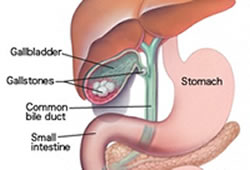 Gallstones and kidney stones are two different conditions that a body may occur. A gallstone is a hard, pebble-like deposit that forms inside the gallbladder, while, a kidney stone is a solid mass made up of tiny crystals in the kidney.
Gallstones and kidney stones are two different conditions that a body may occur. A gallstone is a hard, pebble-like deposit that forms inside the gallbladder, while, a kidney stone is a solid mass made up of tiny crystals in the kidney.
The gallbladder is a pear-shaped organ that stores bile salts until they are needed to help digest fatty foods. Gallstones are caused by crystallization of cholesterol. This happens when gallbladder absorbs more liquid than its normal capacity, this leads the bile to become concentrated and the cholesterol will start crystallize. This can be brought on by a number of factors, including improper diet, toxicity, liver malfunction, and/or chemical disturbance. The most common treatment for a gallstone is surgery. In order to prevent gallstones, one should have a diet rich in fiber, less carbohydrates, and less saturated fats like butter. One should also exercise regularly.
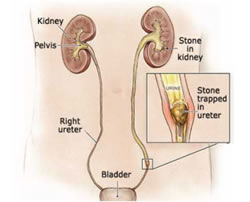
Kidney stones, on the other hand, are small crystals that form in the kidney. This happens when substances in the urine crystallize. Kidney stones usually pass out in the urine but are extremely painful. If they are large, or if the body is unable to pass the stone, surgery might be required. Kidney stones may be brought on by usage of birth control pills or if the urinary track is blocked by a gallstone. One should drink lost of water to avoid kidney stones.
A complete comparison between the two is as follows:
|
|
Gallstones |
Kidney Stones |
|
Description |
hard, pebble-like deposits that form inside the gallbladder |
A solid mass made up of tiny crystals |
|
Size |
Small as a grain of sand or as large as a golf ball. |
Small as a grain of sand |
|
Types |
Cholesterol gallstones - stones made of cholesterol Pigment stones - stones made of bilirubin |
Calcium stones – most common, Cystine stones, Struvite stones, uric acid stones, stones of medications such as acyclovir, indinavir, and triamterene. |
|
Likely to affect |
Women, Native Americans, Hispanics, and people over age 40. |
Men between the ages of 20 to 30, premature infants, some types run in families. |
|
Symptoms |
Range from no symptoms, to cramping pain in the middle to right upper abdomen, fever, yellowing of skin and whites of the eyes, clay-colored stools, nausea and vomiting |
Symptoms after stone moves into the ureters: pain in the belly area or side of the back, groin pain or testicle pain, abnormal urine color, blood in the urine, chills, fever, nausea, vomiting
|
|
Tests |
Abdominal ultrasound Abdominal CT scan Endoscopic retrograde cholangiopancreatography (ERCP) Gallbladder radionuclide scan Endoscopic ultrasound Magnetic resonance cholangiopancreatography (MRCP) Percutaneous transhepatic cholangiogram (PTCA) Bilirubin Liver function tests Pancreatic enzymes |
Physical exam Blood tests to check calcium, phosphorus, uric acid, and electrolyte levels Kidney function tests Urinalysis to see crystals and look for red blood cells in urine Examination of the stone to determine the type Abdominal CT scan Abdominal/kidney MRI Abdominal x-rays Intravenous pyelogram (IVP) Kidney ultrasound Retrograde pyelogram |
|
Treatment |
Surgery, medication, or lithotripsy |
Small stones may pass on their own, drinking at least 6 - 8 glasses of water per day, narcotic pain relievers, hospitalization, medication including Allopurinol (for uric acid stones), antibiotics (for struvite stones), diuretics, phosphate solutions, sodium bicarbonate or sodium citrate, water pills (thiazide diuretics), surgery in extreme cases |
Image Courtesy: istudymedicine.com, health.ucsd.edu





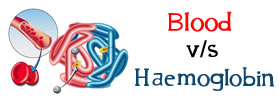
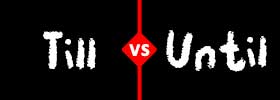

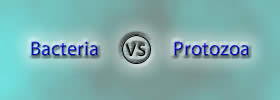
Add new comment